What is it?
When Mercedes-Benz CEO Ola Källenius unveiled the Mercedes-Benz EQS back in April, he described it as a “defining moment” for the world’s oldest car maker. Such statements are often heard in the car industry nowadays. In this case, though, it’s hard to argue against.
Unlike the Mercedes-Benz EQC, EQV, EQA and EQB that arrived before it, the EQS isn’t derived from an existing ICE-powered model, instead having Mercedes’ first dedicated EV platform to host a new high-density battery pack that promises a range of up to 485 miles and one of the most advanced interiors you will find in any car.
The luxury liftback-style saloon has been conceived to provide buyers with an electric alternative to the traditionally powered Mercedes-Benz S-Class. Positioned at the top of a growing list of electric Mercedes, it acts as a technological showcase for the brand, featuring a number of innovations that we can also expect to see on the EQE saloon, EQS SUV and EQE SUV, which are all due by the end of 2023.
Tellingly, Mercedes doesn’t see the EQS as a rival to the Porsche Taycan, Tesla Model S and Nio ET7. Instead, it points to the forthcoming Audi ‘Landjet’, BMW i7 and Lucid Air.
For the time being, though, the EQS’s stiffest competition will come from plug-in hybrid versions of traditional luxury limousines, such as the Audi A8 60 TFSIe, the BMW 745e and Mercedes’ own S580e.
Aesthetically, the EQS departs quite radically from traditional Mercedes models, with a design theme and cab-forward profile similar to that previewed by the EQS Vision concept back in 2019.
Distinguishing exterior elements include a black panel in place of a front grille and angular headlights that are linked by a slim light bar. Further back is a heavily raked windscreen and what Mercedes calls a ‘one-bow’ roof line, which stretches back into a steeply angled tailgate.
The doors are frameless and feature the same flush external handles as those available as an option on the S-Class, while the generously dimensioned wheel arches can accommodate a range of alloy wheels from 19in to 21in.
At 5216mm long, 1926mm wide and 1512mm tall, the EQS is 37mm longer, 28mm narrower and 9mm higher than the S-Class. It rides on a 3210mm wheelbase, which is 106mm longer than that of its ICE-powered equivalent, giving it relatively short overhangs and a very roomy interior. Mercedes claims that, despite its generous dimensions, the EQS betters the Model S for aerodynamic efficiency, with a record-breaking drag coefficient of just 0.20Cd.
The aluminium-intensive Electric Vehicle Architecture (EVA) of the EQS supports two different layouts: a single motor giving rear-wheel drive or two giving four-wheel drive. The motors are mounted low down within a subframe at the front and within the axle assembly at the rear.


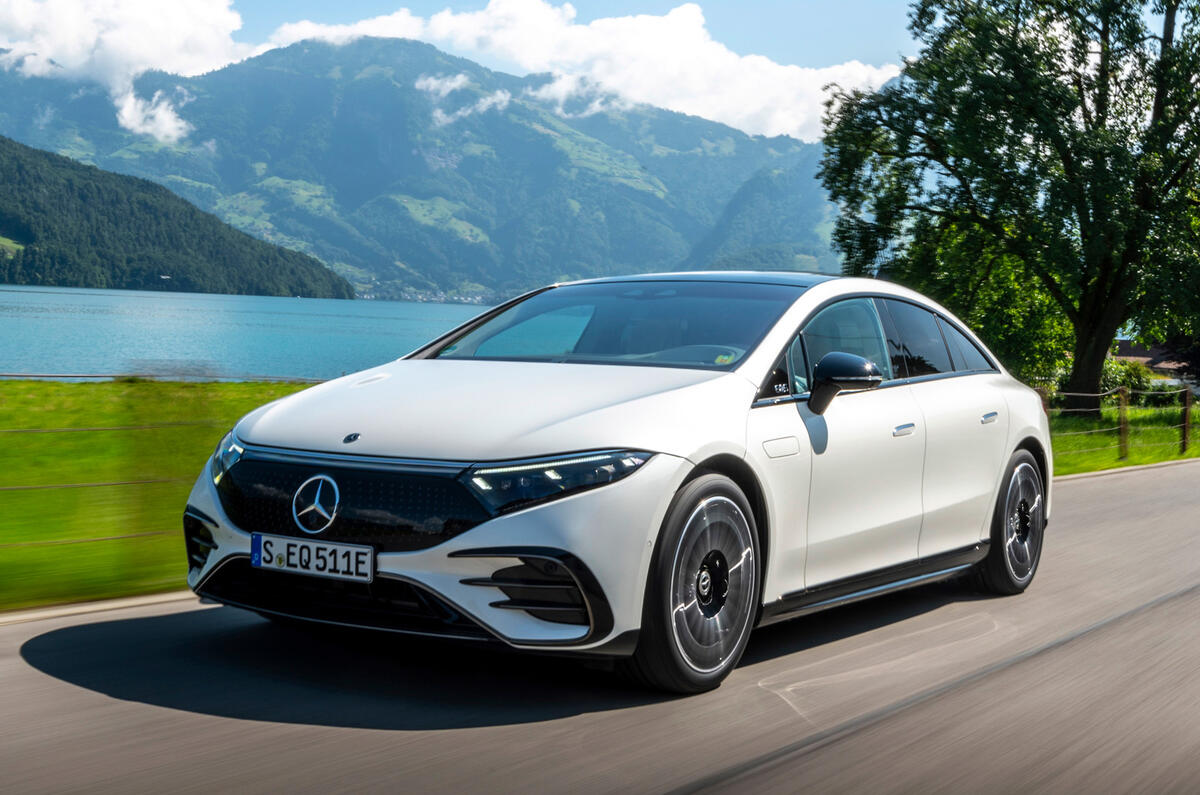






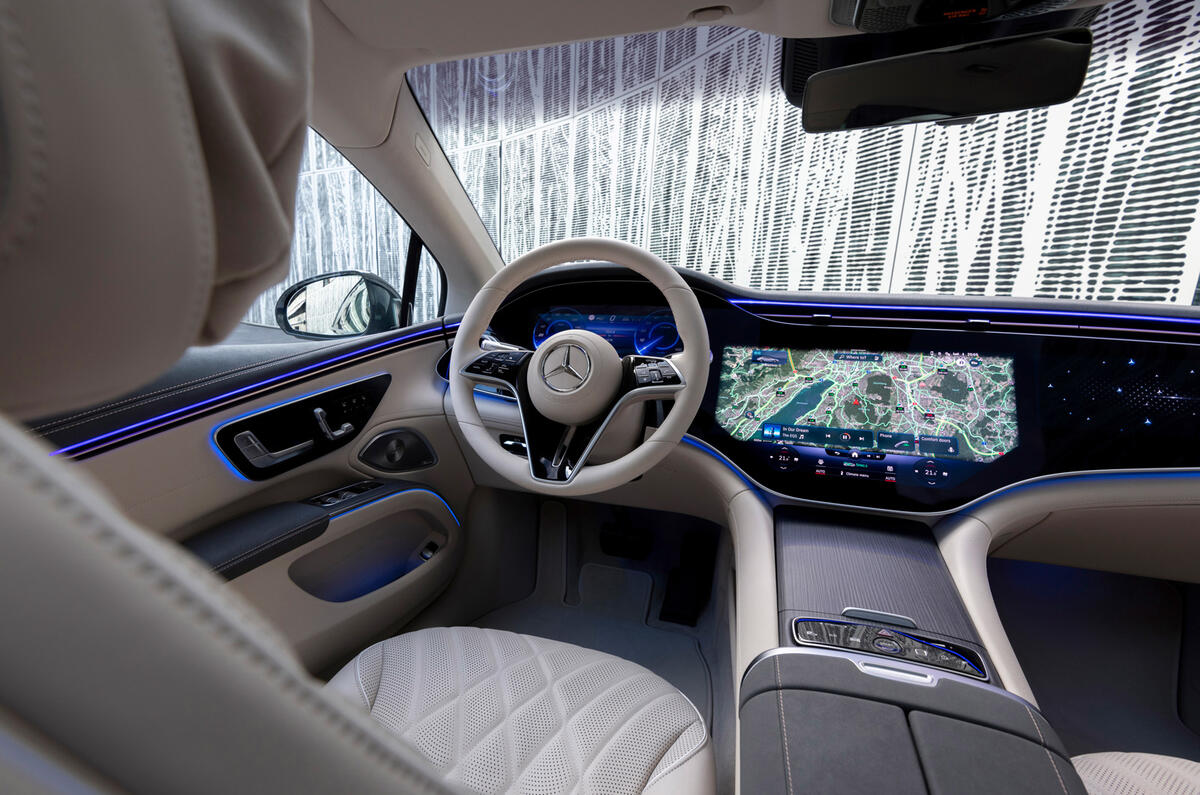



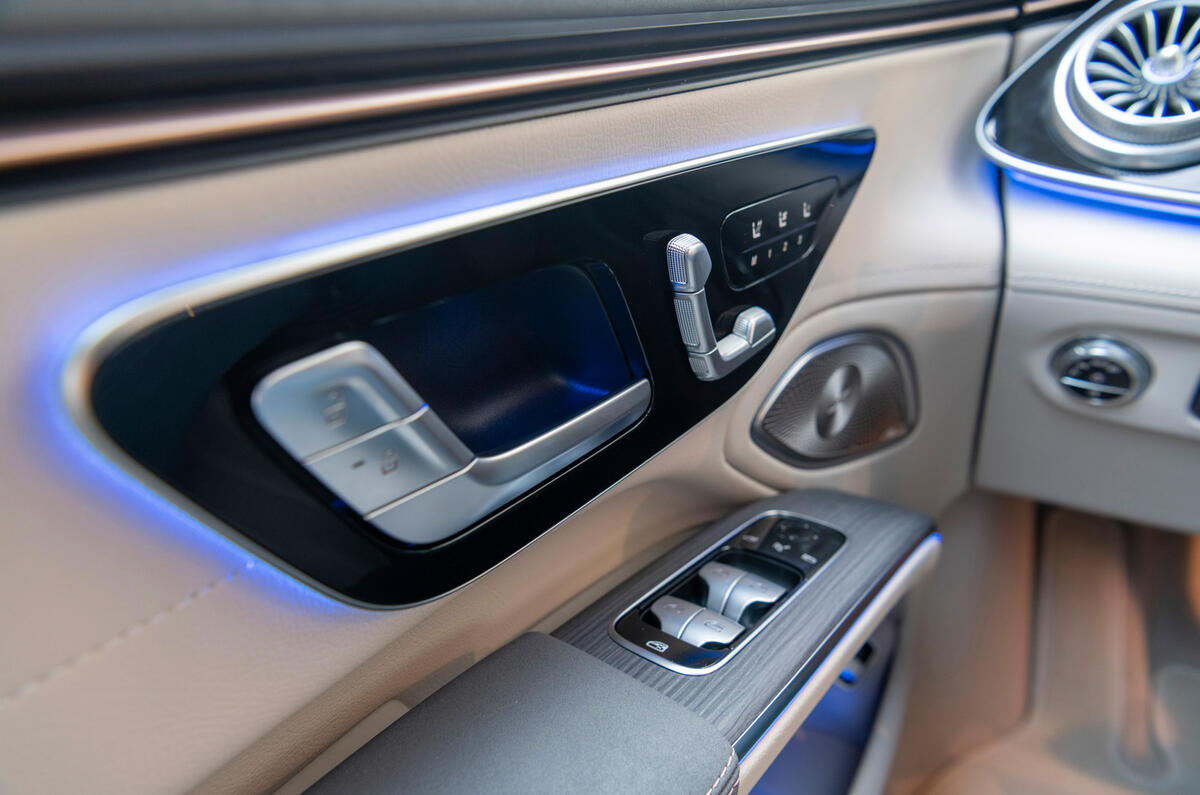


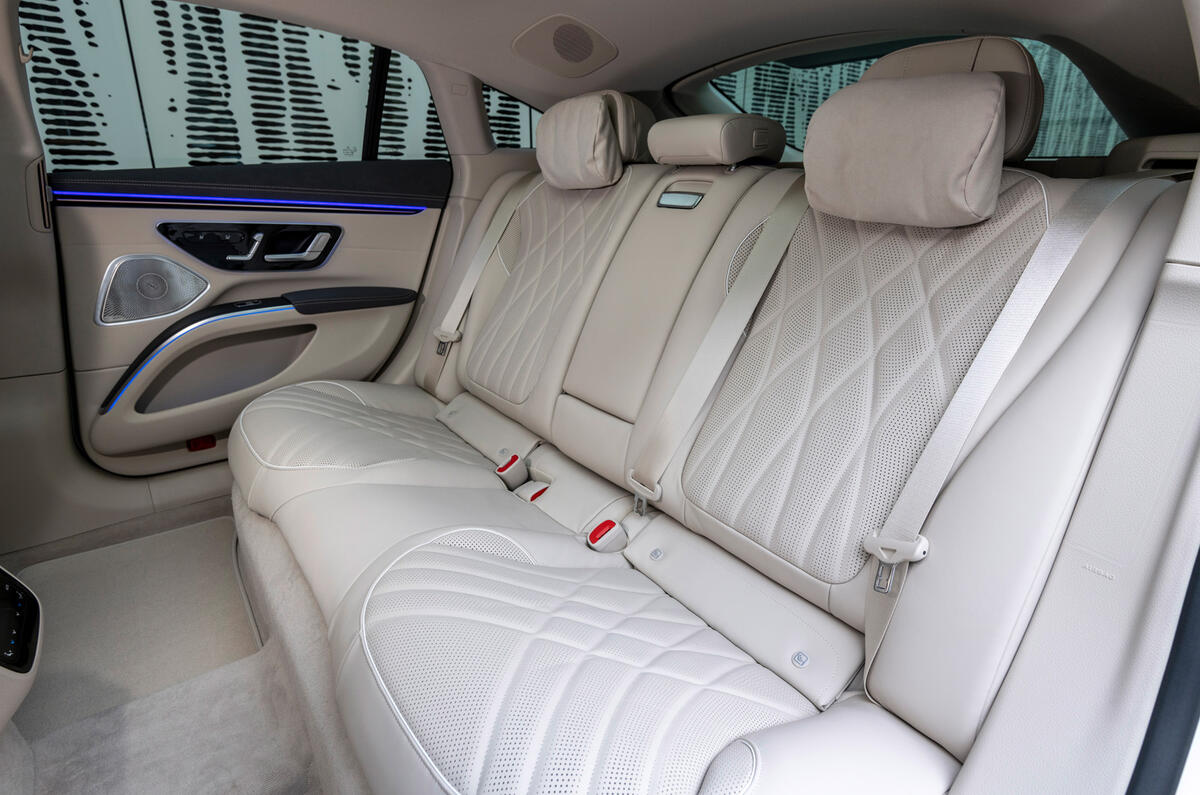

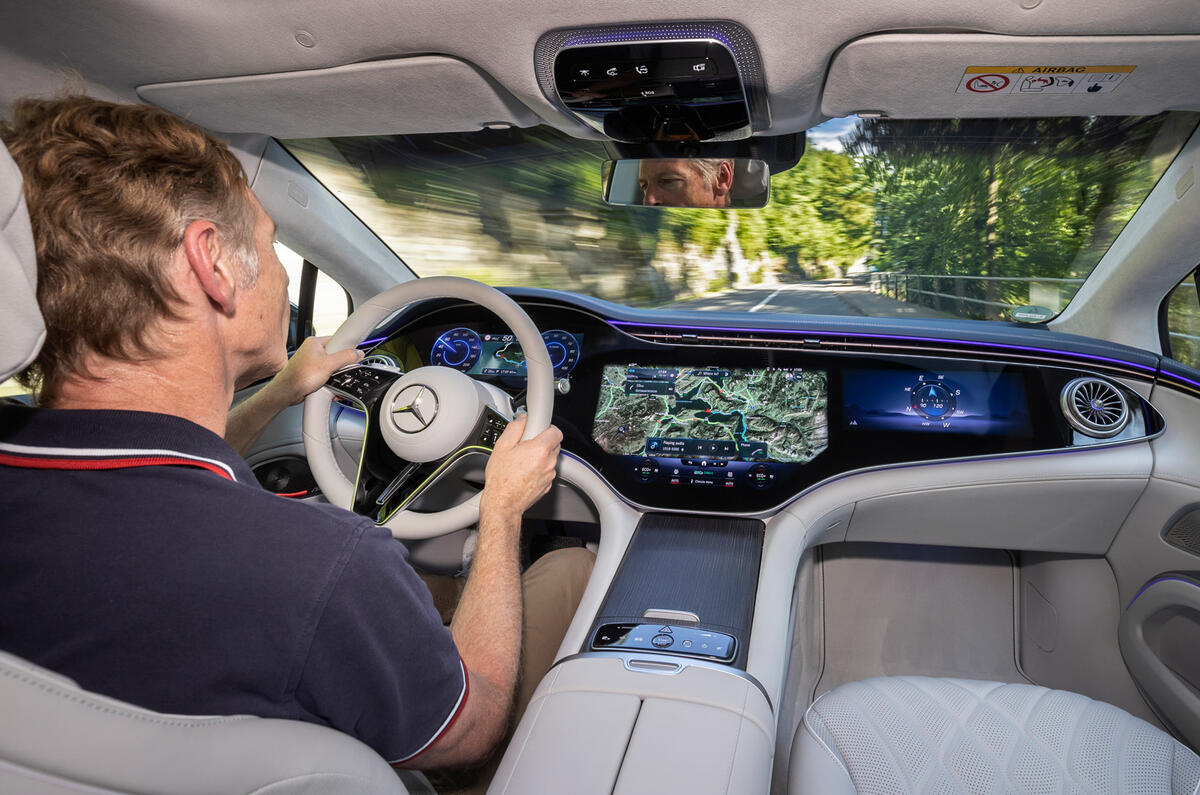




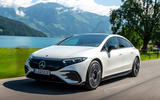


























Join the debate
Add your comment
Rather look at that electricity bill than a petrol one for something this large and fast.
Your next electricity bill, that's what not to like.
Manufacturers spent decades trying to make cars lighter and we've ended up with ones that have never been heavier, all in the name of progress.